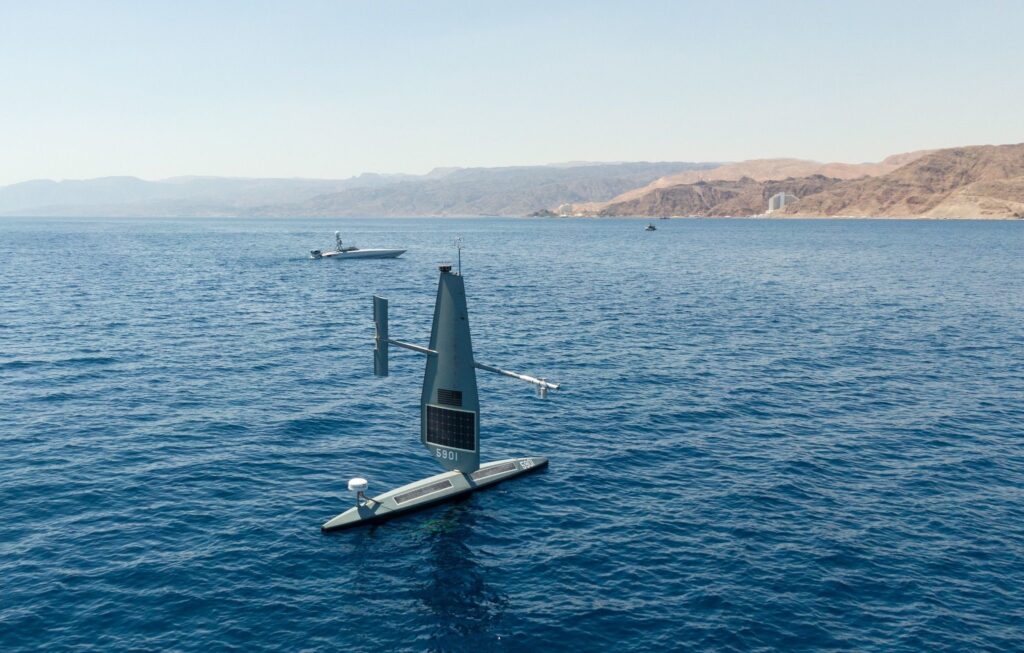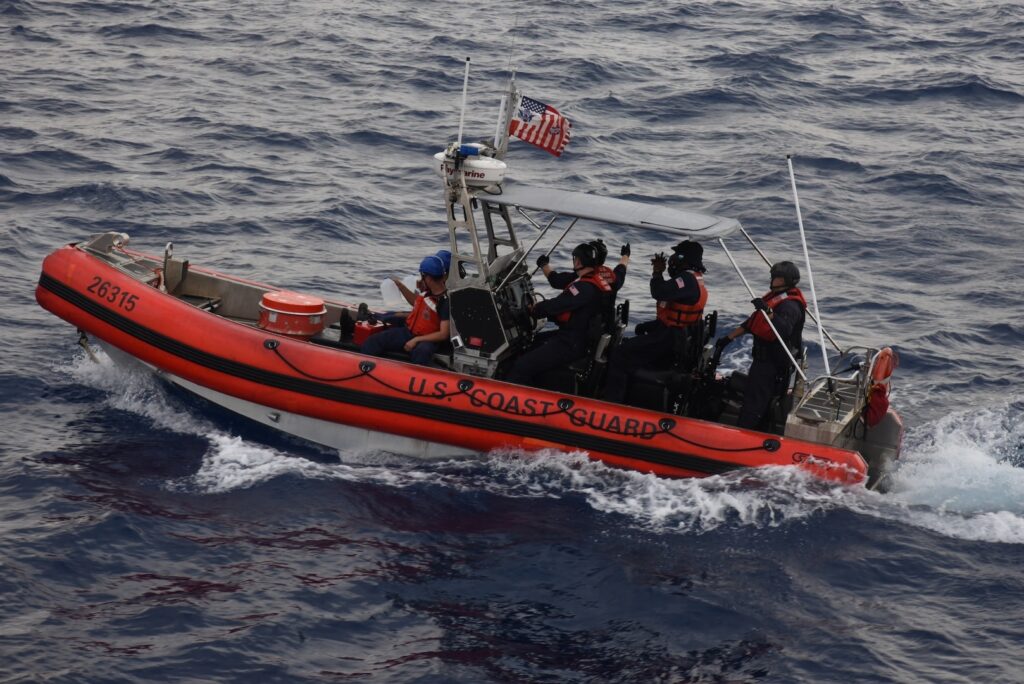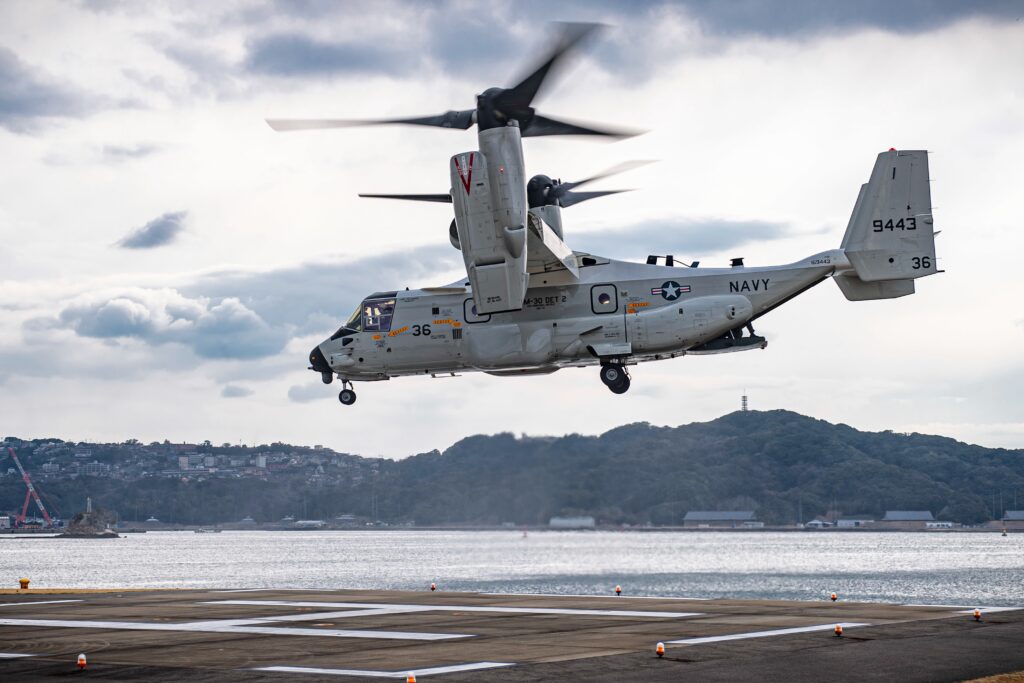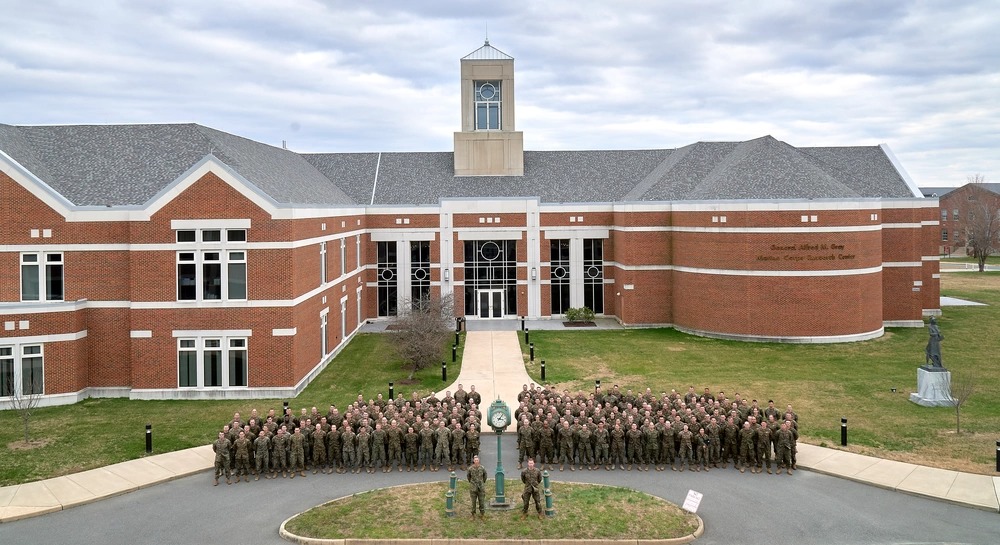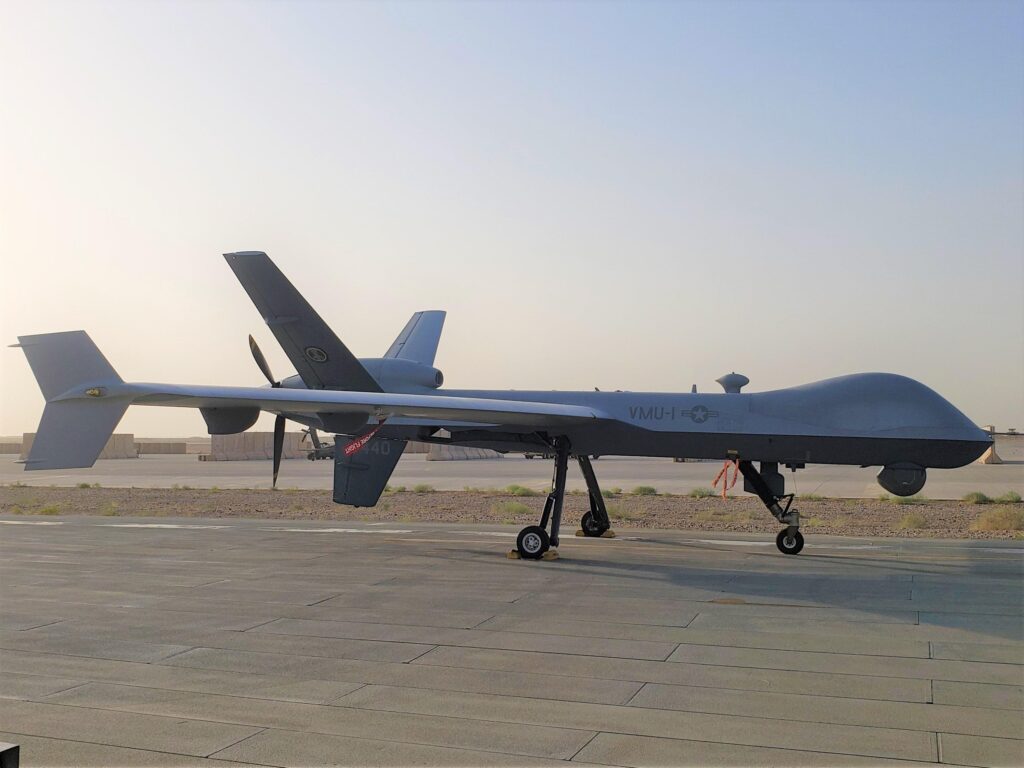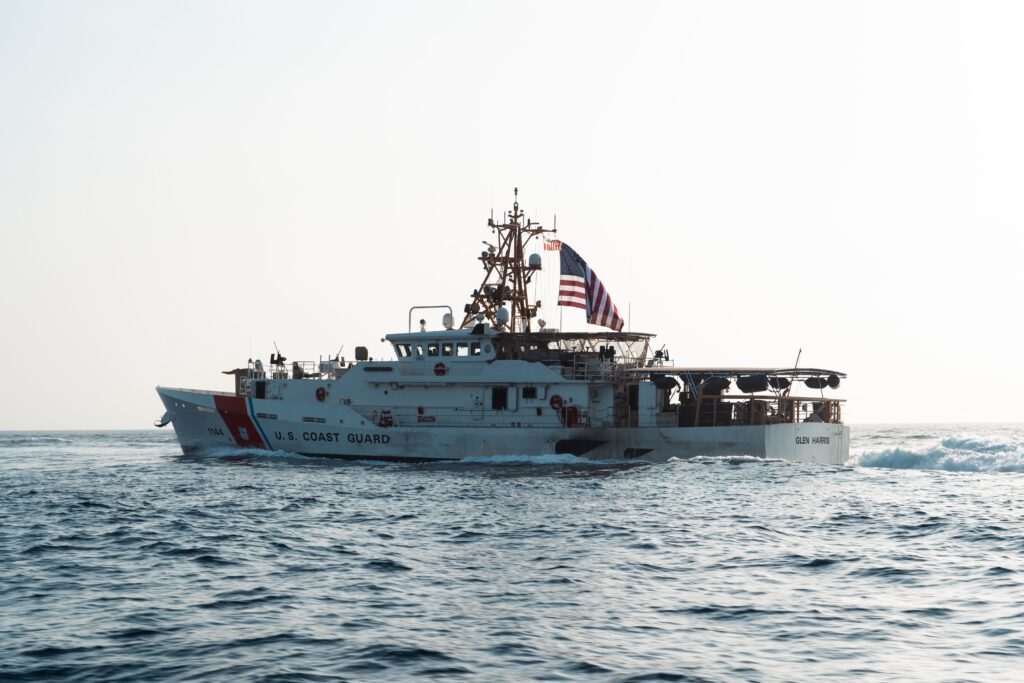BOLLINGER SHIPYARDS DELIVERS 53rd FAST RESPONSE CUTTER TO U.S. COAST GUARD
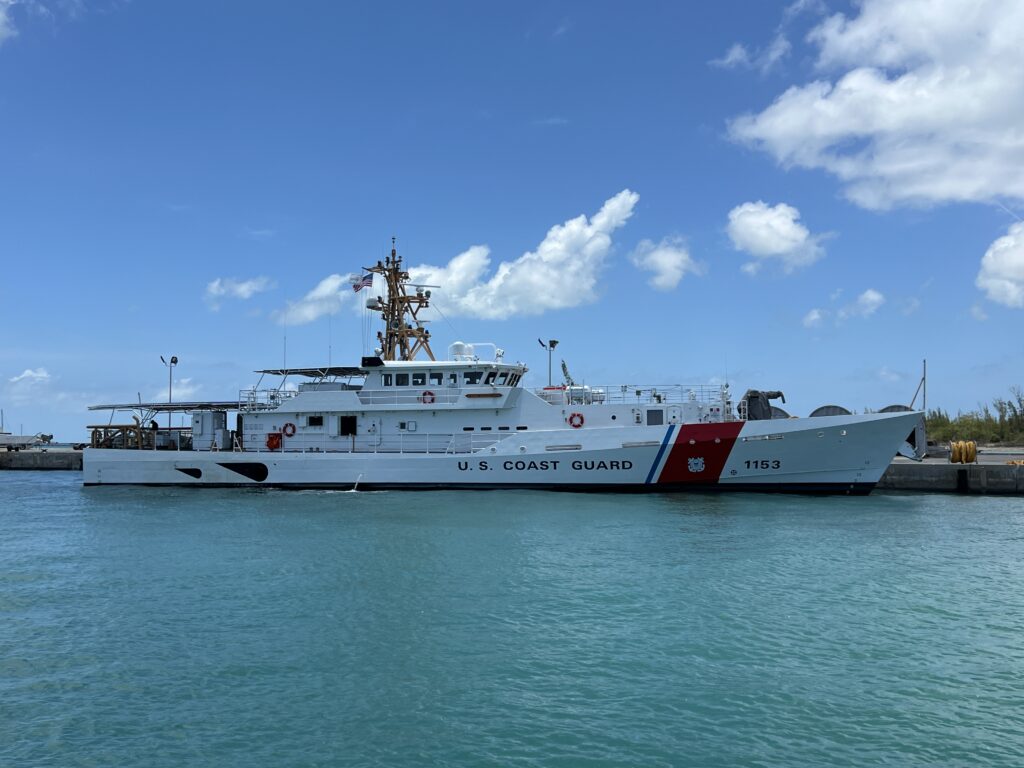
Release from Bollinger Shipyards
*****
USCGC John Patterson is the fourth of six FRCs to be homeported in Boston, MA
LOCKPORT, La., — (May 11, 2023) – Bollinger Shipyards LLC (“Bollinger”) has delivered the USCGC John Patterson to the U.S. Coast Guard in Key West, Florida. This is the 179th vessel Bollinger has delivered to the U.S. Coast Guard over a 35-year period and the 53rd Fast Response Cutter (“FRC”) delivered under the current program.
“We’re incredibly proud to deliver another Fast Response Cutter to be homeported in Boston, the birthplace of the U.S. Coast Guard,” said Bollinger President & C.E.O. Ben Bordelon. ”We’re confident that pound for pound, the quality and capabilities of the FRC platform is unmatched, and that this vessel will outperform its mission requirements and expectations in the challenging conditions where it will operate in the North Atlantic. Our unique experience building for the Coast Guard is unparalleled and has shown time and time again that we can successfully deliver the highest quality vessels on a reliable, aggressive production schedule. We look forward to continuing our historic partnership with the U.S. Coast Guard.”
The USCGC John Patterson will be the fourth of six FRCs to be homeported in Sector Boston, which is known as “The Birthplace of the Coast Guard.” The sector is responsible for coastal safety, security, and environmental protection from the New Hampshire-Massachusetts border southward to Plymouth, Massachusetts out to 200nm offshore. Sector Boston directs over 1,500 Active Duty, Reserve, and Auxiliary members whose mission is to protect and secure vital infrastructure, rescue mariners in peril at sea, enforce federal law, maintain navigable waterways, and respond to all hazards impacting the maritime transportation system and coastal region.
Each FRC is named for an enlisted Coast Guard hero who distinguished themselves in the line of duty. While attached to an LST during the invasion at Anzio, Italy, Coxswain Patterson volunteered as a member of a boat crew to go the side of a burning LST during a full gale in an effort to rescue personnel trapped below decks. Despite the fact the blazing ship was pitching and rolling in a dangerous manner and ammunition was exploding he aided in the rescue of a soldier, trapped in a lower compartment and brought him to safety.
ABOUT THE FAST RESPONSE CUTTER PLATFORM
The FRC is an operational “game changer,” according to senior Coast Guard officials. FRCs are consistently being deployed in support of the full range of missions within the United States Coast Guard and other branches of our armed services. This is due to its exceptional performance, expanded operational reach and capabilities, and ability to transform and adapt to the mission. FRCs have conducted operations as far as the Marshall Islands—a 4,400 nautical mile trip from their homeport. Measuring in at 154-feet, FRCs have a flank speed of 28 knots, state of the art C4ISR suite (Command, Control, Communications, Computers, Intelligence, Surveillance, and Reconnaissance), and stern launch and recovery ramp for a 26-foot, over-the-horizon interceptor cutter boat.
